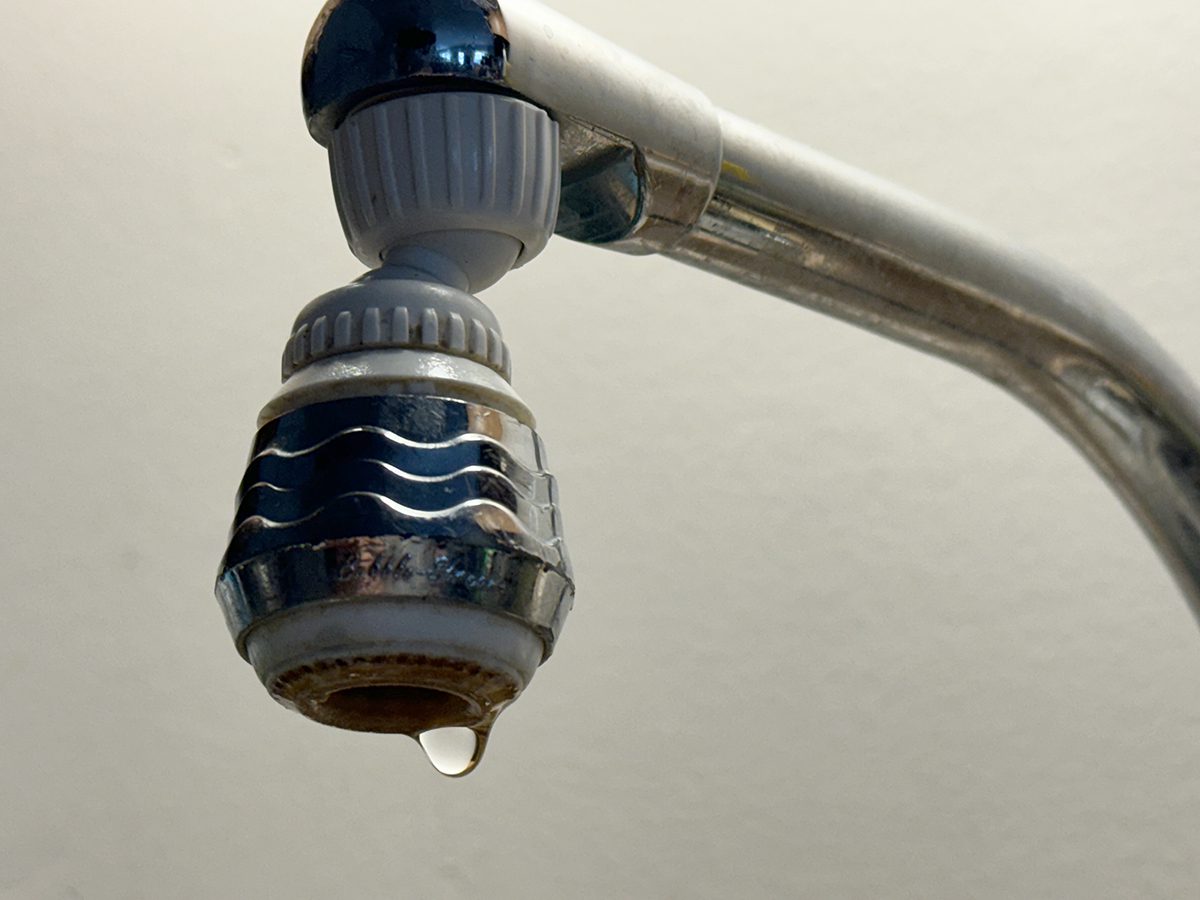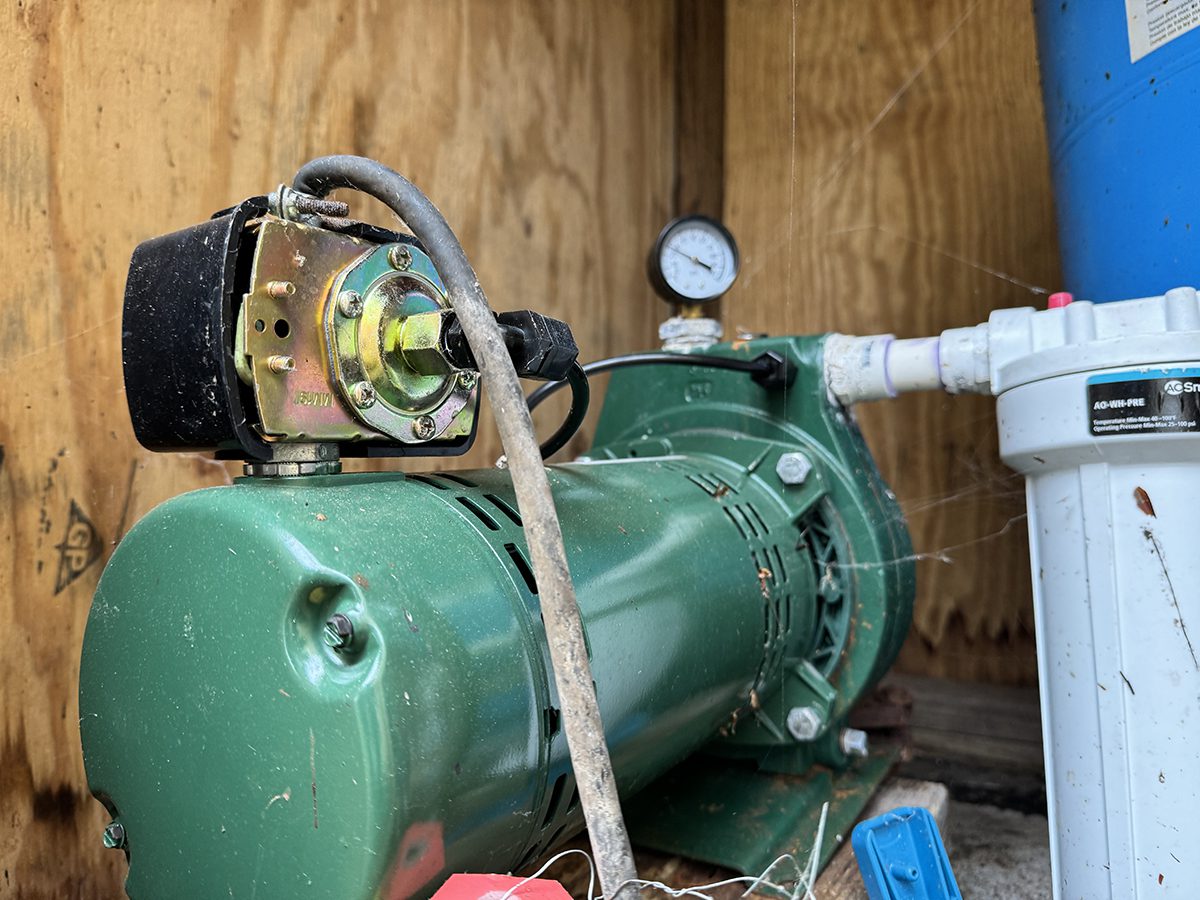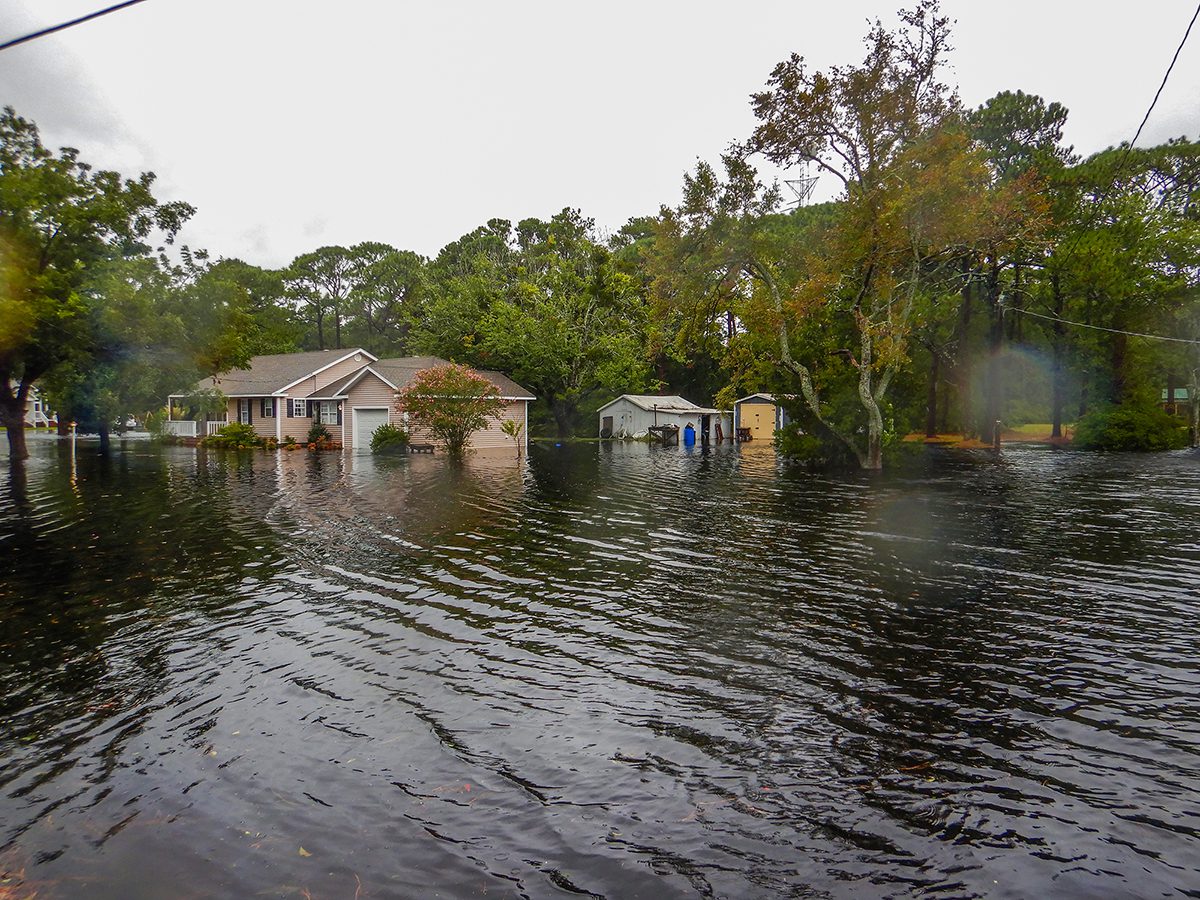
Native Americans in North Carolina face a disproportionately higher risk for preterm birth because of exposure to mixtures of toxic metals in their private drinking water wells, according to a recent study.
Women whose private wells have tested for higher levels of lead or cadmium, as opposed to those whose wells with lower levels of those metals, have an increased risk of giving birth prematurely, or before 37 weeks, the study found.
Sponsor Spotlight
Researchers also found that people exposed to a mixture of lead, cadmium and chromium are at higher risk of preterm birth, said Dr. Lauren Eaves, research scientist and adjunct assistant professor with the University of North Carolina Chapel Hill Gillings School of Public Health and co-author of the study.

“We also found that the effect was strong among American Indian individuals, and I think it’s important to both highlight this but (to also) put it in the correct context that this isn’t any unique genetic susceptibility,” she said.
University researchers and others at the National Institute of Environmental Health Sciences combined 20 years of well water test records and more than 1 million birth certificates from 2003 to 2015 and found that 9.4%, or 124,000, were preterm.
North Carolina has the largest population — more than an estimated 2 million people — of people in the country who get their drinking water from private wells.
Sponsor Spotlight
Unlike water provided by public systems, private well water is not protected by the Safe Water Drinking Act, which sets limits on the levels of certain contaminants in drinking water.
The effect of this, nationwide, equates to higher levels of metals, particularly arsenic and lead, in the bodies of people who rely on private well water as opposed to those on public water systems, Eaves said.
This places low-income and nonwhite families in rural areas at particular risk because they often lack the financial means to upgrade their wells with filtration systems or drill new wells.
According to information provided by the North Carolina Department of Environmental Quality, private well owners are, in most cases, responsible for getting their water sampled.

PFAS contamination
Hundreds of private wells in the Cape Fear River Basin have either been tested or are waiting to be tested for GenX and other per- and polyfluoroalkyl substances, or PFAS, contamination linked to Chemours’ Fayetteville Works plant in Bladen County.
Under the terms of a consent order, Chemours is responsible for paying to either install filtration systems in homes with wells that test for high levels of those contaminants or tap fees for households where access to public water systems are available.
The state has also established a pilot program that provides some financial assistance to low-income households to buy treatment systems or pay for public water system connection fees in areas where PFAS contamination cannot be attributed to any one particular source polluter. The pilot program is only for private well water users in New Hanover, Pender, Columbus, Brunswick and Guilford counties.
The spotlight PFAS contamination in the Cape Fear region is shining on water quality issues within the state is likely to aid at least some Native Americans living in North Carolina, but not all.
Systemic environmental injustice
Eaves said that what is most likely happening in Indigenous communities is that they’re experiencing forms of environmental injustice, such as municipal underbounding.
Municipal underbounding occurs when cities and towns keep communities of color outside of municipal boundaries.
Research is limited on whether this type of environmental injustice is occurring in Native American communities in the state, Eaves said.
However, municipal underbounding is “very well documented” for Black communities in North Carolina, she said.
“So, we hypothesize that this might be also happening for American Indian communities and we’re currently working on trying to actually scope out the evidence for that,” she said.
The study does not identify which tribes in the state face the greatest risk for preterm birth.
“What we do know is that larger communities of American Indian folks in Robeson County, Scotland County, and these areas where there are huge environmental injustice problems for our Lumbee community, for our Cherokee community out in the west, but particularly in that southeast region — Lumbee, Coharie — face a lot of environmental injustices and this lack of resources around private well water is compounding that,” Eaves said. “I think there’s limited resources for folks to test and treat that water and I think that’s what that finding is really demonstrating is that we need to pay particular attention to more vulnerable communities.”
According to the 2020 U.S. Census, more than 130,000 American Indians and Alaska Natives live in North Carolina.
There are eight state-recognized tribes: Coharie, Eastern Band of Cherokee Indians, which are also fully recognized by the federal government, Haliwa-Saponi, Lumbee Tribe of North Carolina, which also has partial federal recognition, Meherrin, Sappony, Occaneechi Band of the Saponi Nation and Waccamaw Siouan.
Representatives for the Coharie in Sampson County and the Tuscarora Nation of North Carolina in Robeson County did not respond to questions and requests for comment.
In the United States, the rate of preterm births is highest for Black infants at 14.4%, followed by Native Americans and Alaska Natives at 11.8%, according to March of Dimes.
Preterm babies can suffer from a myriad of physical and mental impairments. The first-year average medical costs for premature babies in the U.S. was about four times greater than that of full-term babies in 2016.
That same year, the annual societal economic cost, including medical, educational and lost productivity, associated with preterm births was no less than $25.2 billion.
It can be incredibly stressful for communities experiencing higher rates of preterm births as members of that community seek answers to uncover why early births are occurring and how to protect not only pregnant women, but everyone in that community, Eaves said.
“And, I think it can be really distressing to know that there are contaminants in your water,” she said. “Everyone deserves clean water and so I think it can have a huge emotional effect on communities. I think that thinking about environmental health and exposures during pregnancy is under-researched and not considered as often as I think it should. I hope that as a state we continue to raise awareness around this and provide resources for pregnant folks to be able to protect themselves in the context of metals. We need to work to reduce these exposures that our communities are facing.”







